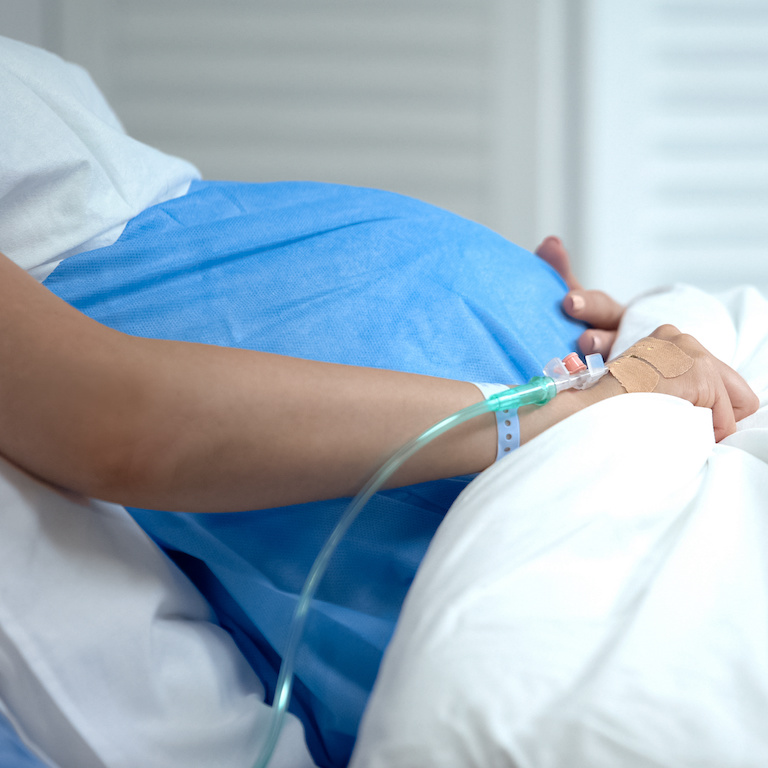Maternal mortality—defined as the death of a person either during their pregnancy or up to 12 months postpartum— is a major indicator of a country's or state’s overall health and well-being. Although pregnancy-related deaths decreased between 2018 and 2023, the United States continues to have the highest maternal mortality rate (MMR) among the world’s wealthiest countries—despite over 80% of those deaths likely being preventable. While MMR has dropped in Indiana, when looking at the five-year average for 2018‒22, the state remained in the bottom quintile compared to other states. In 2023, over 70% of all maternal deaths in the state were considered preventable.
In this policy brief, PPI analysts examine maternal mortality in Indiana to discover its causes. They investigate how the state is addressing the problem and what additional measures may be taken to reduce MMR among Hoosier women.

52%of hospitals in rural Indiana do not provide labor and delivery services.
77%of pregnancy-related deaths in Indiana in 2023 were preventable.
18.6estimated pregnancy-related deaths per 100,000 live births across the United States in 2023
23of Indiana's counties are considered maternal healthcare deserts as of 2025, according to the CDC.
Key findings
From 2020 to 2021, Indiana's maternal mortality rate decreased from 22.9 to 17.5 deaths per 100,000 live births.
On a scale of 1–100, 1 being the best and 100 being the worst, Indiana has a score of 80 on the Maternal Vulnerability Index due to a lack of access to maternal, maternal mental health, and substance use disorder healthcare.
Since 2022, Indiana has implemented key services and programs to increase access to maternal care.
In 2023, 71% of pregnancy-associated deaths and 77% of pregnancy-related deaths in Indiana were considered preventable.
Of the 1,713 maternal healthcare providers in Indiana, 84% were identified as white.



